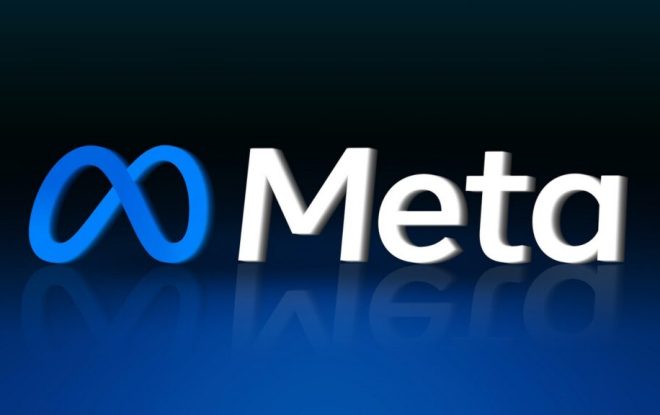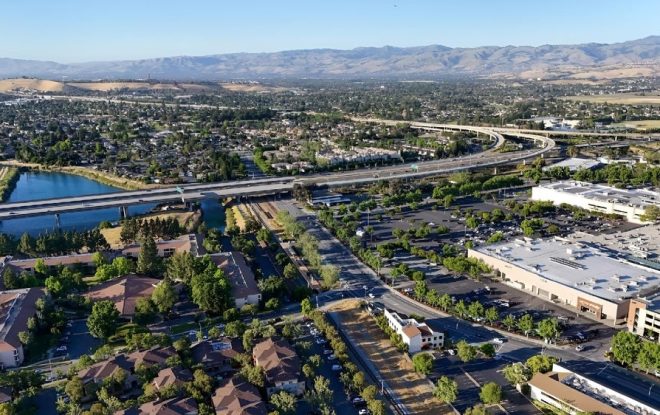These Overlooked Retirement Expenses Could Cost You Big, According to Schwab
SmartAsset and Yahoo Finance LLC may earn commission or revenue through links in the content below.
Despite your best planning and efforts to prepare for retirement, you’re still likely to encounter some kind of unexpected challenges after you stop working. According to Charles Schwab, there are five retirement surprises, which might come as a financial shock to many older workers. However, if you’re prepared, you can avoid allowing seeing these disruptions derail your golden years.
Consider working with a financial advisor to create or update a retirement plan.
“Withdrawing an extra $10,000 from savings for a new roof might not seem like much in the grand scheme of things, but it can interfere with plans for other expenses if you haven’t anticipated it—especially since those funds are now no longer at work in the market,” says Rob Williams, managing director of financial planning at the Schwab Center for Financial Research.
Unexpected home repairs are the most common surprise, according to the Society of Actuaries. That can include needing an entirely new roof, furnace and air-conditioner, major plumbing problems and other issues that can lurk in a paid-off home you’ve owned for years.
Experts recommend setting aside 1% to 2% of your home’s current value for annual maintenance and repairs, as well as having your home thoroughly inspected by a professional who can help you identify potential problems. Another consideration is budgeting for improvements that can help you age in place, such as wheelchair access, a walk-in shower, better lighting, ergonomic door handles and more.
Healthcare is the single biggest line item retirees need to consider. While Medicare can be a huge benefit for retirees, don’t assume it covers everything. While Medicare Part A covers hospital stays and Part B covers doctor visits, you’ll still face prescription costs and co-pays for services. In addition, dental, vision and hearing care aren’t covered under basic Medicare.
Adding Medicare Part D coverage can handle prescription costs, while private Medigap insurance can be added to handle expenses not covered by Medicare. Another option is to look at one of the many Medicare Advantage plans, which include Part A and Part B and can add coverage for vision, dental and other costs.
Retirees should budget between $450 and $850 a month for each person, including insurance premiums and out-of-pocket costs. If you’ve got the option while working, consider opening a health savings account (HSA), which allows you to save and invest tax-free and doesn’t tax withdrawals for eligible healthcare expenses, including Medicare premiums.





Leave a Reply